Mickey was a hot rodder from the start. When he was 15 he started racing on El Mirage. He had a buddy drive his Model A to the dry lake and Mickey drove it to 79 miles per hour on his first trip. The future was cast and Mickey became known as the kid that had the fastest car in high school. In 1958 he was going to a sanctioned drag race with a twin engined dragster and stopped by the Salt Flats at Bonneville. He took it to 294 miles per hour, setting a record that was 25 miles an hour faster than anyone else and took 25 years to break. It is said that it was then that he decided it was time to go for the land speed record.
Mickey drew out the design of the frame of " the Challenger" on the floor of his his garage and started to build. He was working one evening and a man approached him asking him what he was doing. "I 'm building the car that will break the land speed record." he replied. The man asked him what engine he was going to use and Mickey replied that he wasn't sure, but he'd need four of them. The man was Bunkie Knudsen from Pontiac and they furnished the engines. In 1959, Mickey took Challenger 1 to a two way average of 345.33 miles an hour, setting four speed records.
He returned to his garage and redesigned the car adding scoops to funnel more air into the engines, and returned to Bonneville. On September 9th 1960 Mickey drove the redesigned Challenger 406.60 miles per hour to become the fastest person in the world.
To be continued...
Wednesday, January 26, 2011
Monday, January 24, 2011
FAST !!!!!!!!!!!!!
Over the last two weeks I've been in California and I'd like to tell you about the most fabulous four days of the trip. Growing up I was always interested in cars and had a few heros that drove them. Don Garlits, Jim Hall, Don Prudomme, Carroll Shelby, and Mickey Thompson. After Karen and I got married I found out that Mickey Thompson and his sister Collene were first cousins of hers. I couldn't believe it. Four of the days we spent in California were with Collene and her husband Gary. We had a fantastic time. Karen and Gary spent their time doing geneology and Collene and I talked of cars, speed records, and Mickey.
I had the mistaken belief that Mickey was a mechanic that put together his cars with all kinds of corporate backing and had an education from some school or corporation dealing with automotive tech. Was I ever wrong.
Mickey didn't particularly like school, in fact, struggled to get through it. When he was eight or so his family went to Yellowstone and made a brief stop in Bonneville at the salt flats. That was when the seed was planted that he could go fast. From that time on no machine was safe. Mickey took apart engines, motors, anything he could get his hands on and tried to figure out how to improve them. After high school he went to work for the L.A. Times as a pressman which required a considerable amount of mechanical knowledge. He also continued to build hot rods, a passion he developed in high school. High Boys, and what would now be looked upon as "Vintage Old School" cars. Years earlier, shortly after the trip to "the flats" he told his Dad, Marion who was the Chief of Police for Alhambra California, that he was going to break the Land Speed Record for cars. Marion asked him to describe the car and Mickey explained it to him. Marion then put the idea into reality by carving a wooden model of Micky's description as shown to the right. A true vision of a historical Motoring legend. ( to be continued )
I had the mistaken belief that Mickey was a mechanic that put together his cars with all kinds of corporate backing and had an education from some school or corporation dealing with automotive tech. Was I ever wrong.
Mickey didn't particularly like school, in fact, struggled to get through it. When he was eight or so his family went to Yellowstone and made a brief stop in Bonneville at the salt flats. That was when the seed was planted that he could go fast. From that time on no machine was safe. Mickey took apart engines, motors, anything he could get his hands on and tried to figure out how to improve them. After high school he went to work for the L.A. Times as a pressman which required a considerable amount of mechanical knowledge. He also continued to build hot rods, a passion he developed in high school. High Boys, and what would now be looked upon as "Vintage Old School" cars. Years earlier, shortly after the trip to "the flats" he told his Dad, Marion who was the Chief of Police for Alhambra California, that he was going to break the Land Speed Record for cars. Marion asked him to describe the car and Mickey explained it to him. Marion then put the idea into reality by carving a wooden model of Micky's description as shown to the right. A true vision of a historical Motoring legend. ( to be continued )
Tuesday, January 4, 2011
Referencing LIGHT !!....
Yesterday and today I've been in class concerning new software to increase the efficiency of my working time on images. It is amazing what changes have occurred in software in just the last year. I am shooting with the premier camera Nikon offers, the D3, and when shooting in the RAW format my ability to capture the perfect exposure is enhanced. Proper exposure is the key, but there are times when that exposure is affected by outside forces. Ambient light is of course the "fill" and the trick is to find the "main" in your image capture area. It is almost inevitable that some tweeking will need to be done. Seeing the light and understanding its' properties is the basic starting point.
I find it remarkable that many of the "New Photographers" have no clue as to the proper use of and reasoning for the light patterns that have been in the artists mind since the 1300's. These "patterns " define the planes of the face and give it structure, mood, and style. Until you can "see the light" a photographer is fighting an up hill battle. It really hit me like a ton of bricks when I first saw, and understood, light. As I have always said, photography is an exercise in solving problems. Knowing light, how it reacts to facial planes, its' seasonal color temperature, and how it is affected by it's surroundings is always a problem to be solved. I love my job !!!!
I find it remarkable that many of the "New Photographers" have no clue as to the proper use of and reasoning for the light patterns that have been in the artists mind since the 1300's. These "patterns " define the planes of the face and give it structure, mood, and style. Until you can "see the light" a photographer is fighting an up hill battle. It really hit me like a ton of bricks when I first saw, and understood, light. As I have always said, photography is an exercise in solving problems. Knowing light, how it reacts to facial planes, its' seasonal color temperature, and how it is affected by it's surroundings is always a problem to be solved. I love my job !!!!
Subscribe to:
Comments (Atom)


























































-2.jpg)
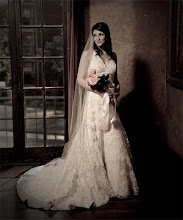



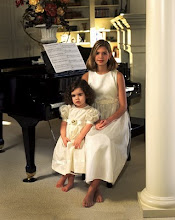



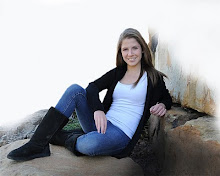
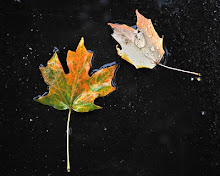
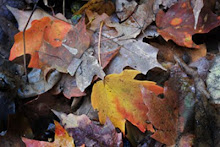





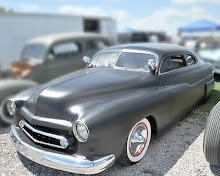

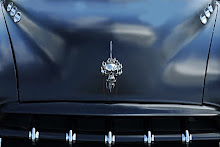


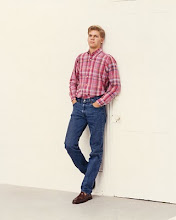




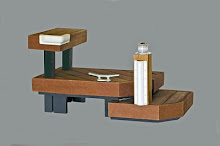
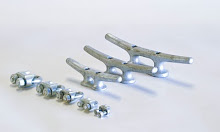


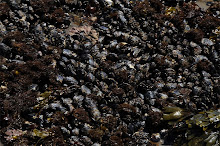











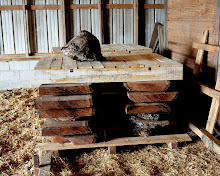






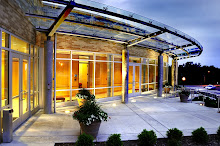
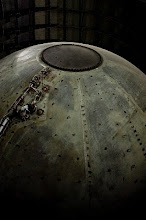.jpg)



